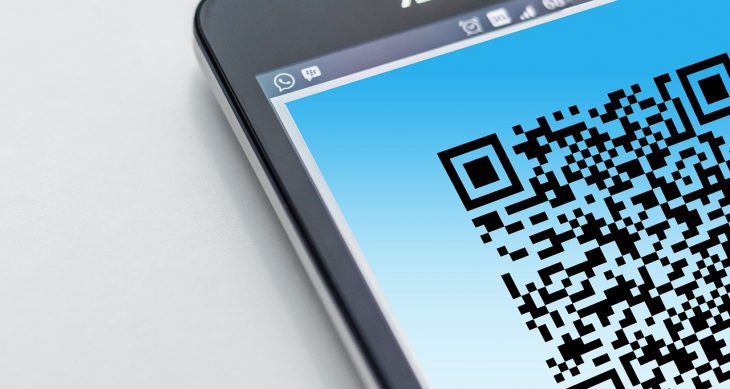QR codes allow payments to extend into developing markets with ease. Instead of requiring a point of sale acceptance device, the QR code allows you and your merchant to communicate via smartphones. Are you running a fishmarket in Korea, at a remote location? Let your customer scan your QR and let the session begin phone-to-phone. Are you shopping at a flea market in Beijing? No reason to worry about overloaded data lines, let the merchant originate the transaction by reading your QR credentials. The Verdict covers the takeup on QR codes today.
- When QR code payments first surfaced in the global payment arena, no one really paid much attention.
- Based on barcode technology developed in the 1990s, industry experts thought QR code payments would not be widely adopted in the long run.
- However, the popularity of this payment method across Asia means QR codes are actually steering the world into two separate payment universes: NFC and QR. Meanwhile the influence of QR codes on the Asian payment space is squeezing out opportunities for payment card networks.
The author states that “…it will be more difficult for schemes such as Mastercard and Visa to operate in Asia Pacific in the future.” I’m not too sure of that. From where I sit, it creates opportunities for Mastercard and Visa because QR codes can familiarize people with payment options.
- After Alipay and WeChat Pay popularized QR code payments in China, other markets and competitors in Asia embraced the same concept.
- In Singapore, there were so many QR payment providers that SGQR was able to consolidate around 30 schemes under a single QR code network.
- Across the ASEAN member countries, QR code payments have been embraced as the standard for mobile payments and are seeing exponential growth in consumer adoption.
- While the majority of consumers in Asia once relied on cash as their only form of payment, QR codes are helping them bypass payment cards in favor of mobile payments.
What the article misses is that the payment brand will likely integrate the QR code method. As payment wallet technologies advance, branded network cards will keep pace. Something missing in the equation is how to protect the data in transit as it moves from merchant to acquirer to network and, then bank. That is where tokenization comes into play, which is a core skill for Mastercard and Visa.
Business Insider cites some interest metrics on mobile.
- Over the last 15 years, mobile payments in China have grown into a $16 trillion market dominated by China’s two biggest tech giants — Tencent and Alibaba. Mobile payments totaled $9 trillion in 2016, according to iResearch Consulting Group. Meanwhile, the US saw $112 billion in mobile payments Paying by phone became popular in China in part because credit cards never gained the popularity they see elsewhere in the world, and because the infrastructure for mobile payments was already in place.
- Phone-scannable QR codes also mean that anyone can become a merchant since you don’t need hardware like a card or chip readers.
Where QR codes can fall apart is in their consistency. EMVco, the jointly owned company that certifies EMV, has its standard. India has somewhat left the realm and has its own with the Bharat Code.
What would be a global mess is to have multiple standards, such as one that works only in Brazil and another that works in Johannesburg? That’s one of the reason the 40+ year standard ISO 8683 works so well for credit card POS messaging. Some markets are upgrading from that standard to ISO 20022, but the progression is orderly, planned and secure. Right now, without EMVco and a standard format, QR codes are somewhat unstructured.
Imagine a payments world without global standards, you will have a mangled mess of options.
Overview by Brian Riley, Director, Credit Advisory Service at Mercator Advisory Group











